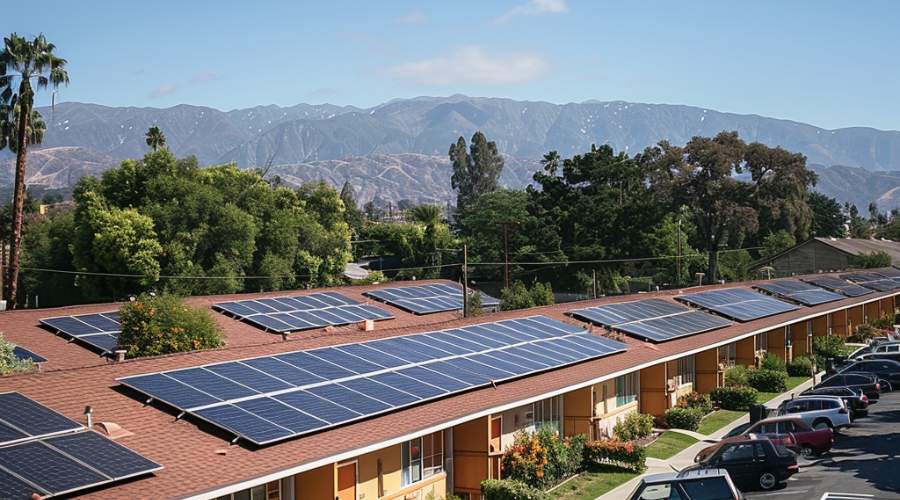Community Microgrids: The Key to Resilience and Affordability

California, a state synonymous with innovation and environmental leadership, is undergoing another energy revolution. At the heart of this transformation are community microgrids – localized power systems that are reshaping the state’s energy landscape.
The Challenge: Grid Vulnerability and Economic Disparity
For years, California’s smaller, often rural communities have borne the brunt of grid unreliability and exorbitant electricity bills. The state’s susceptibility to wildfires, coupled with an aging infrastructure, has led to frequent power outages, disrupting lives and livelihoods. To compound the issue, these communities often find themselves paying disproportionately high rates for electricity, straining household budgets and hindering economic growth.
The Solution: Community Microgrids
Community microgrids offer a multi-faceted solution to these challenges. By generating electricity locally through renewable energy sources like solar, these systems reduce reliance on the main grid, enhancing energy independence and resilience.
Key benefits of community microgrids include:
Enhanced Resilience: Microgrids can operate independently of the main grid, ensuring uninterrupted power supply during outages caused by natural disasters or grid failures. This is particularly crucial in areas prone to wildfires and extreme weather events.
Cost Savings: By generating clean energy on-site, communities can reduce their reliance on utility companies and potentially lower electricity bills. Over time, this can lead to significant economic benefits for residents and businesses.
Environmental Benefits: Microgrids contribute to a cleaner environment by reducing greenhouse gas emissions and improving air quality. By harnessing renewable energy sources, these systems play a pivotal role in mitigating climate change impacts.
Community Empowerment: Local ownership and control of energy resources empower communities to take charge of their energy future. This fosters a sense of community and can stimulate economic development through job creation and local investment.
Economic Development: Microgrids can serve as catalysts for economic growth. By providing a reliable and affordable power supply, they can attract businesses and industries to the area, creating new jobs and opportunities.
Empowering Low-Income Communities
One of the most promising aspects of community microgrids is their potential to bolster low-income communities. These communities often face disproportionate energy burdens, with higher energy costs as a percentage of income. By providing access to clean, affordable energy, microgrids can improve the quality of life for residents. Additionally, microgrid projects can create job opportunities and training programs, helping to uplift local economies.
Furthermore, microgrids can enhance energy access in underserved areas, where traditional grid infrastructure may be limited or unreliable. By providing a reliable power source, these systems can support education, healthcare, and other essential services.
A Case for Change
The rise of community microgrids in California is a testament to the growing recognition of the need for a more decentralized and resilient energy system. By investing in these localized power solutions, the state can not only address the challenges faced by its smaller communities but also pave the way for a cleaner, more equitable energy future.
Moreover, community microgrids can serve as a model for other states and regions grappling with similar issues. As the world transitions to a low-carbon economy, these localized power systems offer a promising path towards a sustainable and equitable energy future.






